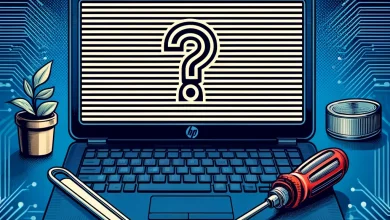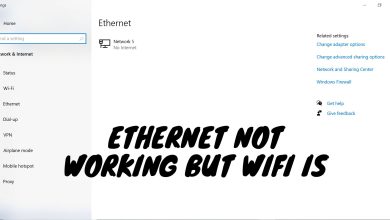How to Fix “gpupdate /force” Command Not Working Issue?
When attempting to update the Group Policy on a client PC connected to the Domain Controller, the error “Computer Policy could not be updated successfully” may occur, accompanied by various error messages, or you may experience a prolonged wait at the “Updating Policy” stage.
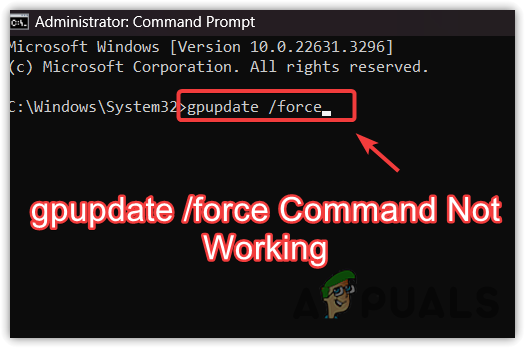
This error can arise for multiple reasons, such as domain resolution failure or Active Directory replication errors—which are specified within the error message itself. Additionally, this issue may manifest when domain user credentials have expired or become corrupt.
1. Clear Domain User Credentials
The error frequently surfaces when the Domain user’s login credentials stored in the Credentials Manager become compromised or outdated.
Expired or corrupt credentials can obstruct the application of Group Policy updates to the computer. To resolve this, clear the domain user credentials to eliminate any potentially problematic stored credentials.
- Download PSTools from the provided link.
- Right-click the PSTools zip folder and choose Extract to PSTools.

- After extraction, navigate to the folder and minimize the window.
- Click the Start Menu and search for Command Prompt.
- Right-click on it and select Run as administrator.
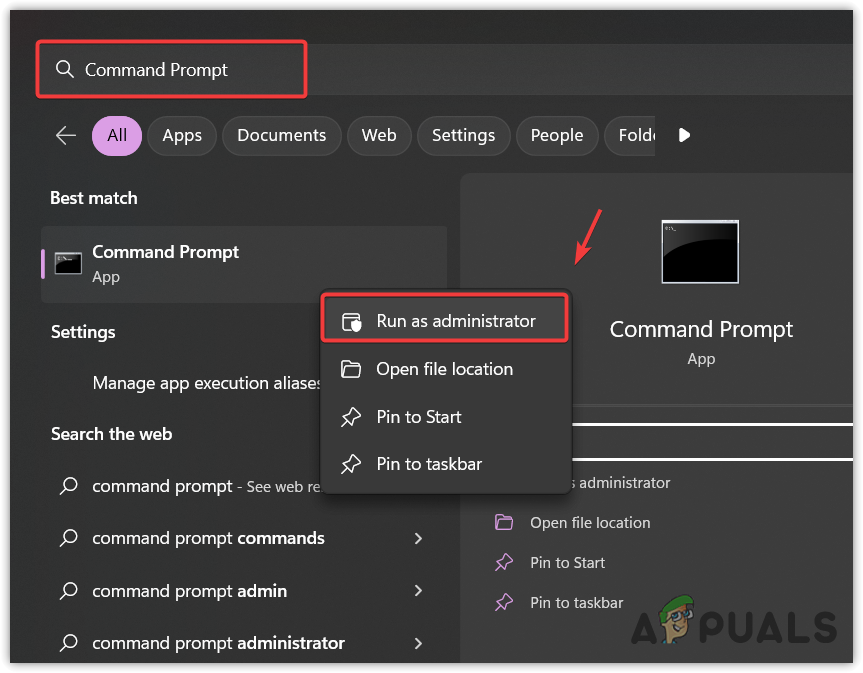
- Maximize the window with the PSTools folder.
- Copy the address from the folder’s address bar.

- In the command prompt, type `cd ` and press enter.
- Run `PsExec64.exe -i -s cmd.exe` for 64-bit operating systems, or `PsExec.exe -i -s cmd.exe` for 32-bit systems. A new command prompt window will open.

- Type `rundll32.exe keymgr.dll, KRShowKeyMgr` in the new command prompt window, and press Enter. The Stored User Names and Passwords window will appear.
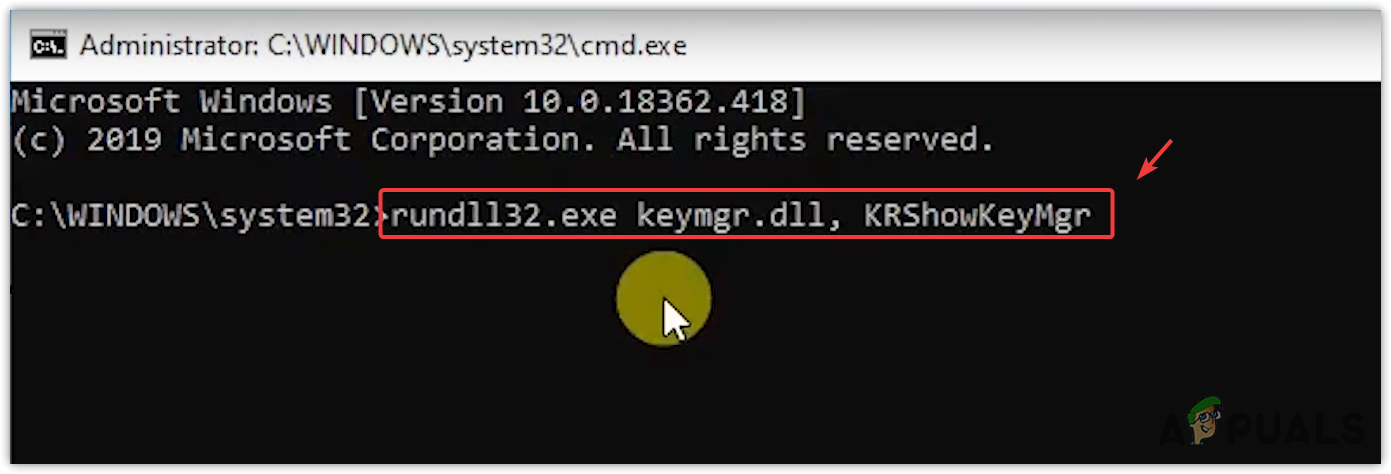
- Select and remove the credentials one by one.
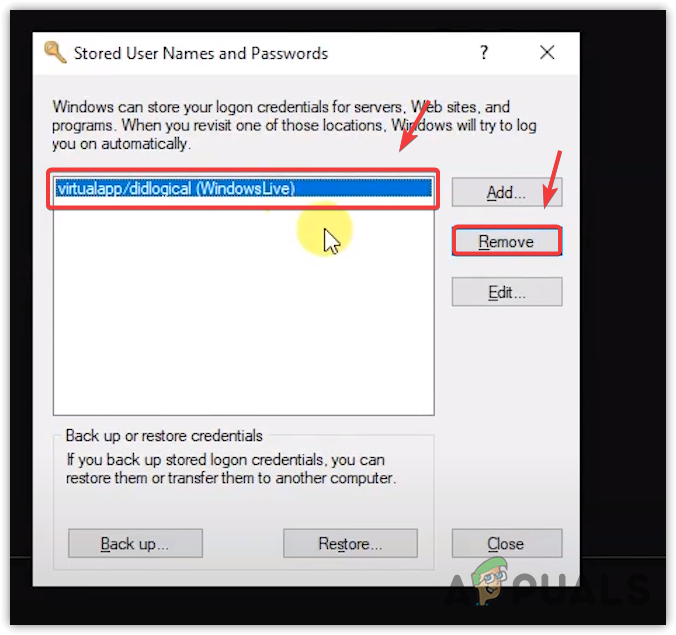
- Repeat this for all stored credentials.
- Close the windows and, in the command prompt, type `gpupdate /force` and hit Enter to force the Group Policy update.
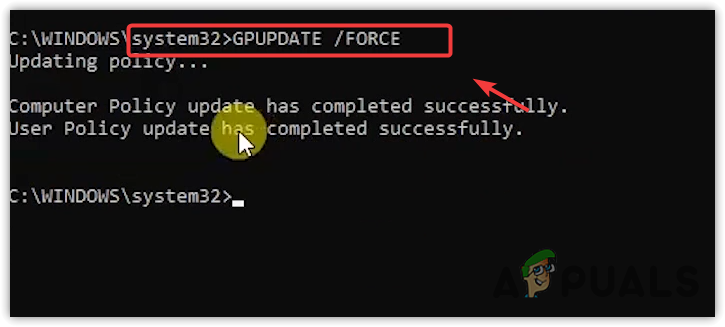
- After these steps, the issue should be resolved.
2. Check Event Viewer
If the problem persists, consult the Event Viewer for further investigation. Errors logged in the Event Viewer relevant to Group Policy can provide insights into the underlying cause.
- Press the Start Menu and type Event Viewer.
- Hit Enter to open it.
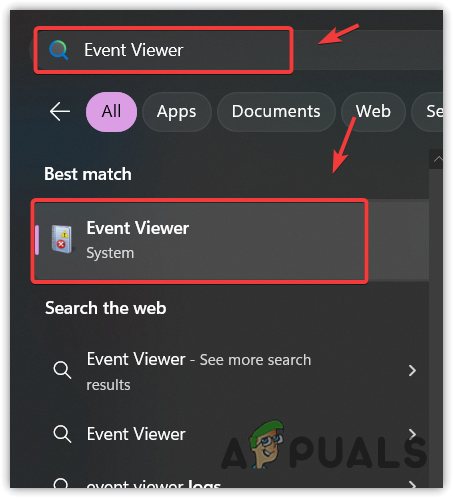
- From the left pane, select System.
- Examine the Group Policy-related errors in the right pane and apply suitable fixes as indicated by the error messages. If problems with name resolution or the domain controller persist, consider following the guidance in this article.
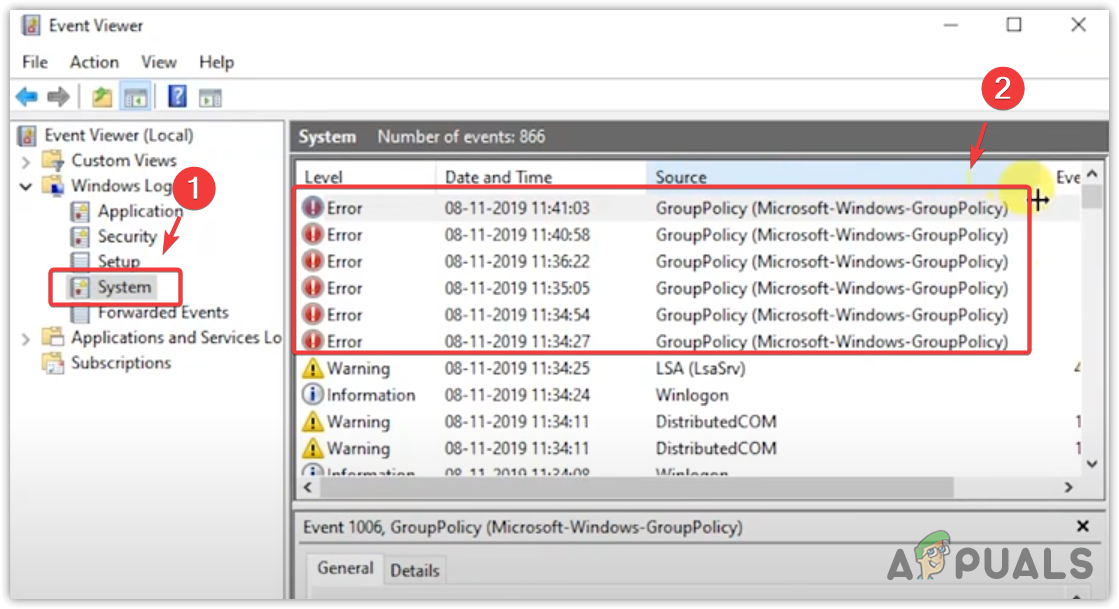
3. Restart the Group Policy Service
The Group Policy service is imperative for implementing administrator-configured settings on computers and users. If this service is disrupted, the associated settings will not take effect. Therefore, verify that the Group Policy service is active.
- Right-click on the Start Menu and choose Run.
- Input `services.msc` and hit OK to open the services menu.
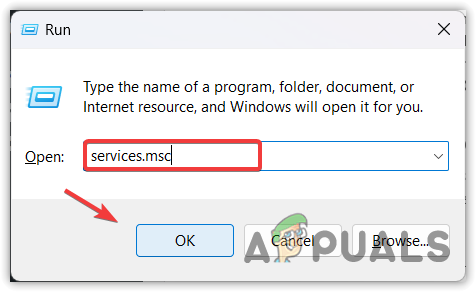
- Locate the Group Policy Client, right-click on it, and select Properties.

- Switch the Startup type to Automatic.
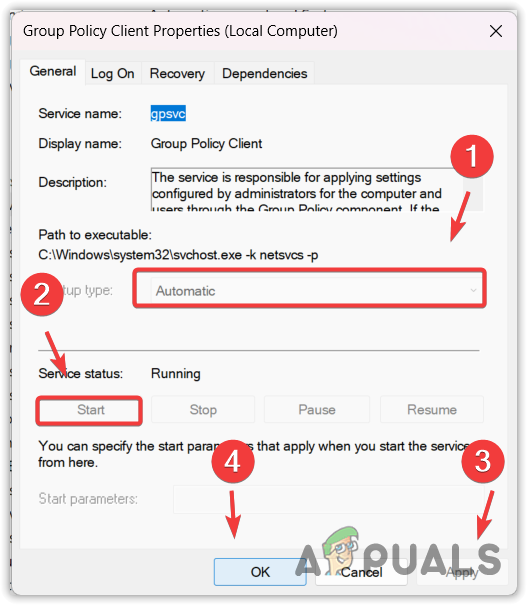
- Click Start, then Apply, and finally OK.
4. Recreate the Registry.pol File
The Registry.pol file in Windows contains local Group Policy settings. A missing or corrupt Registry.pol file may prevent updates. To rectify this, recreate the file by removal or renaming.
- Press the Win + E keys to open File Explorer.
- Navigate to the directory:
C:\Windows\System32\GroupPolicy\Machine
- Here, delete the Registry.pol file and restart the computer.
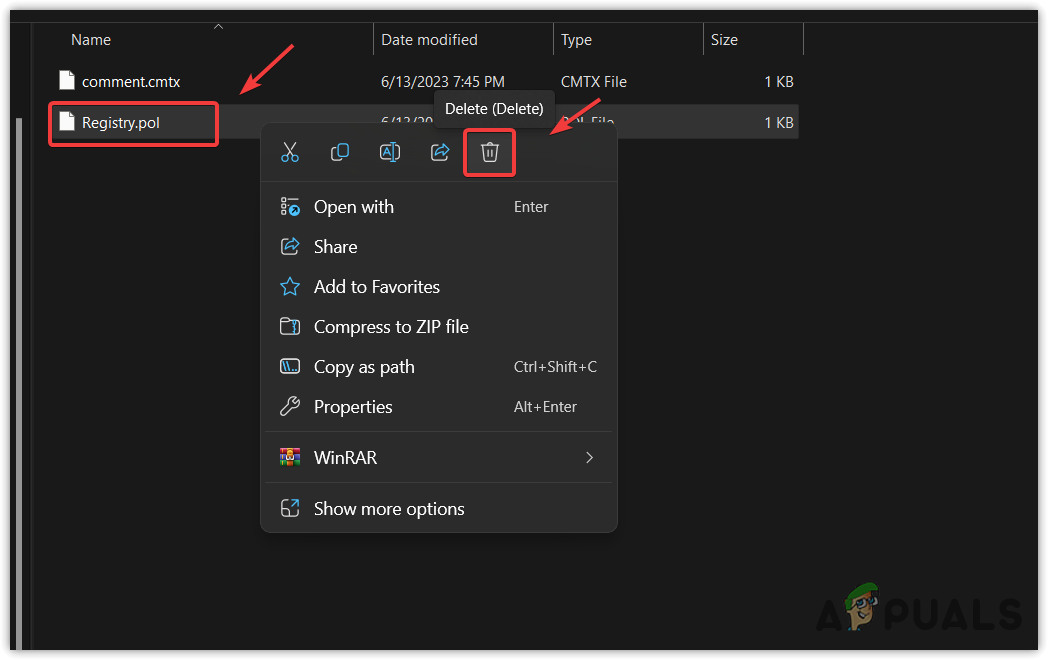
- Press the Start Menu, search for Command prompt, and run it as an administrator with the key combination Ctrl + Alt + Shift + Enter.

- Run the `gpupdate /force` command and check if the issue is resolved.
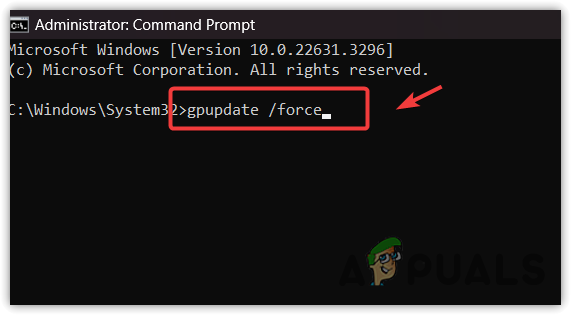
If the above solutions do not resolve the issue, consider resetting the Group Policy to its default settings, although be aware that this may cause the loss of important configurations. It may nevertheless be worth it to rectify the underlying problem.


